Sometimes sex is tricky to talk about, especially when it comes to taboo topics like having a low sex drive or contracting sexually transmitted diseases.
Many may think that once you contract one of these uncomfortable infections, there is no way to get rid of them — but this isn't so in so many cases.
In fact, chlamydia is the most commonly reported sexually transmitted disease — and it's extremely treatable.
This infection can affect both men and woman and, in some cases, can be completely asymptomatic — meaning that those infected with it might experience no signs or symptoms at all.
But often, there are at least a few warning signs that might mean it's time to get tested and treated.
However, many people shy away from requesting these tests, as there's unfortunately a lot of stigma around STDs and STIs. People often feel ashamed and embarrassed to even say the word "STD" or "chlamydia."
But there's absolutely no shame in being safe and healthy! So be sure to read over the symptoms below, and speak to your doctor if you think you might need to be tested.
Please SHARE so more women can know about this very common and treatable STD.
A Little About STDs
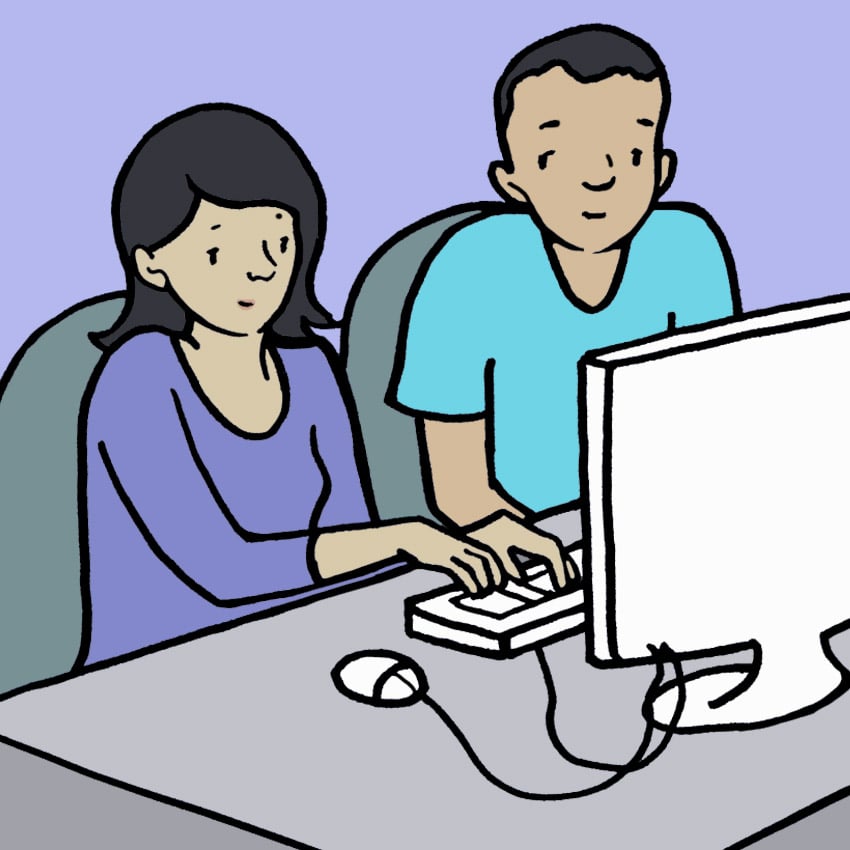
STDs, or sexually transmitted diseases, are infections that spread through sexual contact.
They generally spread due to unprotected sex, though some can simply be contracted through skin-to-skin contact.
Many STDs are treatable with medication, though some are permanent, and their symptoms can be managed through medication.
What Is Chlamydia?
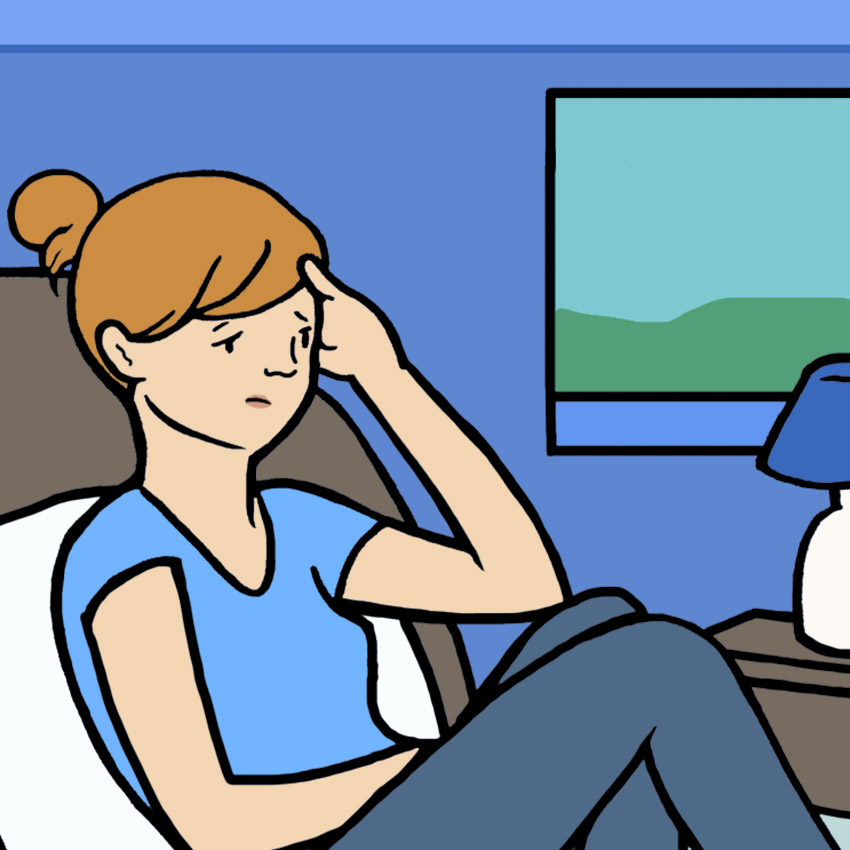
Chlamydia is a particularly common STD that can affect both men and women.
Though it is very treatable, it can cause significant damage to your reproductive organs and cause potentially fatal ectopic pregnancies.
It's important to get tested if you suspect you have it to make sure that it doesn't get any worse.
Check below to learn Chlamydia's many signs.
Symptom #1: Abdominal Pain
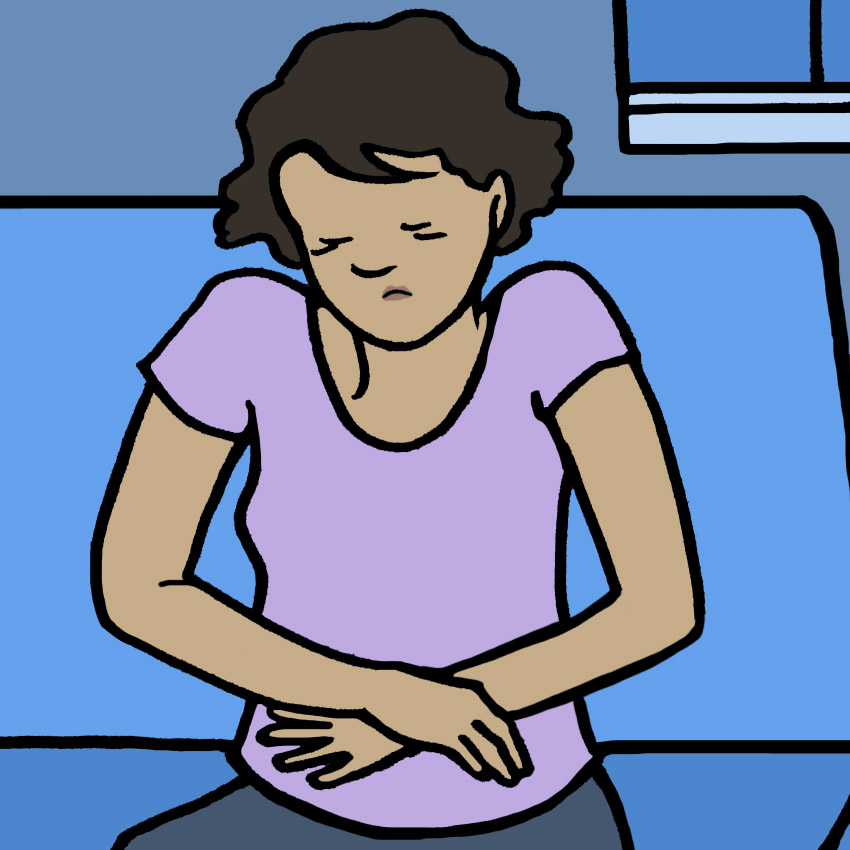
Chlamydia affects many different sex organs, and can spread from your cervix to your fallopian tubes.
This can cause abdominal pain, lower back pain, or a heavy feeling around the hips, according to Dred.com.
But there are also plenty of other causes for abdominal pain, including completely normal bodily occurrences — like getting your period — so make sure you look out for other symptoms as well.
Symptom #2: Bleeding Between Periods
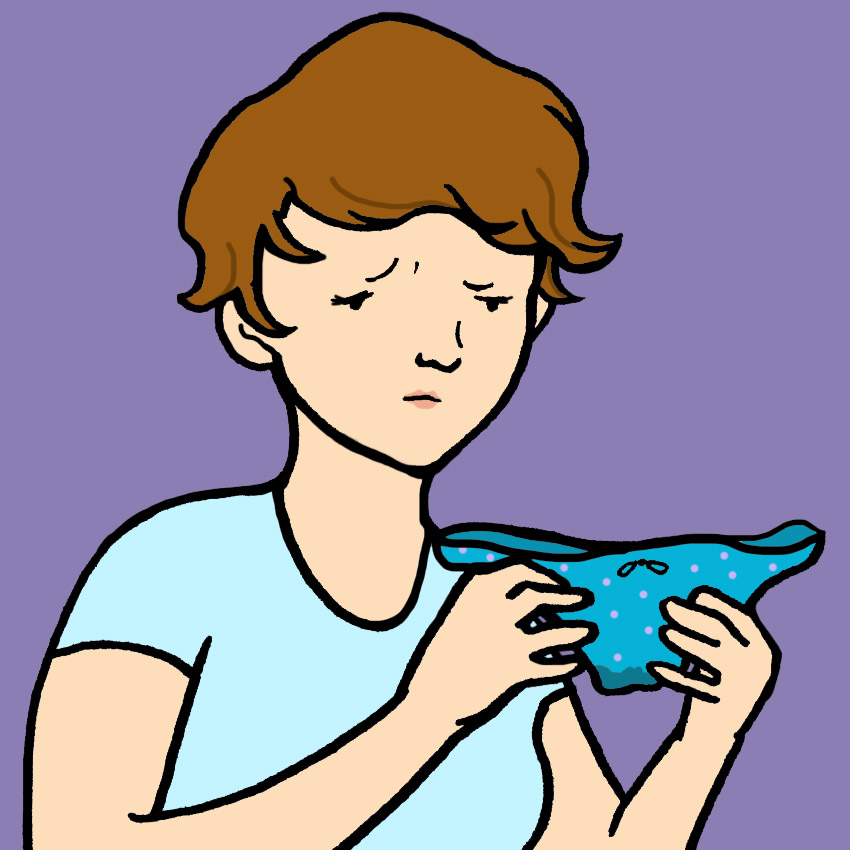
If the infection begins to mess with your fallopian tubes, you may also begin to spot or bleed in between your period.
This can also be brought on by Pelvic Inflammatory Disease, an infection that can be caused by chlamydia, and may result in infertility, if gone untreated.
Check in with yourself and your cycles. Though abnormal spotting can occur without anything being wrong, it can also be an important warning sign.
Symptom #3: Frequent Urge To Urinate
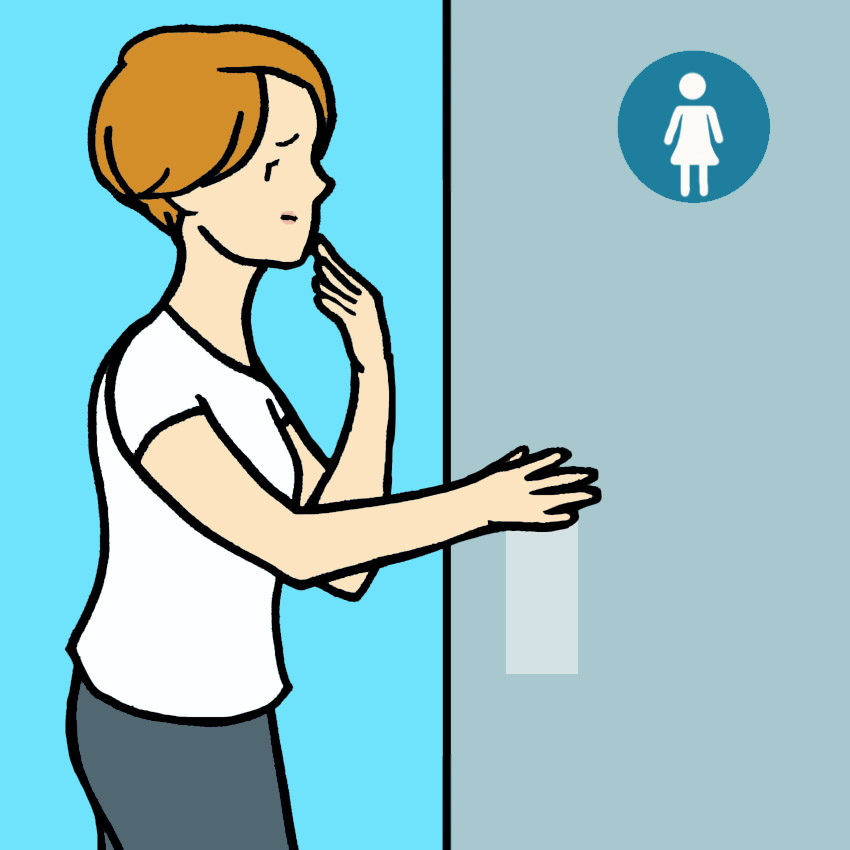
Chlamydia microbes can infect your urethra, and create a UTI or urinary tract infection.
This infection also occurs when E.Coli bacteria from the anus get into the urethra, which serves as a route to the bladder, according to WebMD.
It can have similar symptoms to chlamydia, but one of the defining signs is an urge to urinate frequently, although your bladder may be empty.
Fortunately, this infection is usually very treatable with a couple of days worth of antibiotics.
Symptom #4: Pain While Urinating
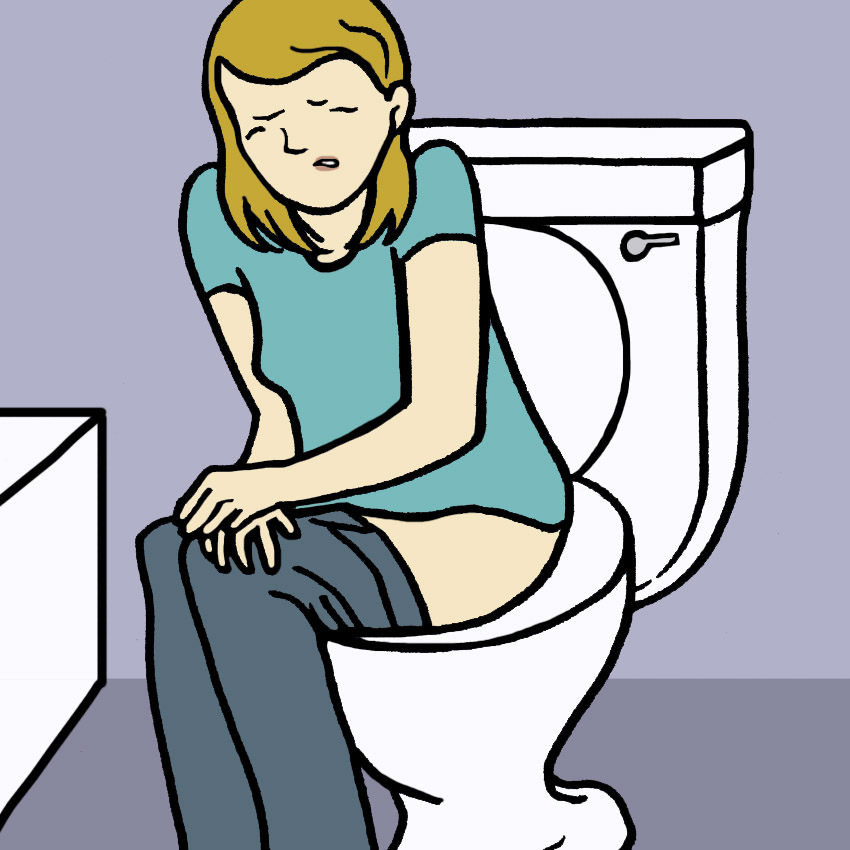
This is another common symptom of a UTI, but could mean that the infection has been set off by chlamydia.
If you are experiencing UTI symptoms, testing for chlamydia can also be helpful, since they have so many similar symptoms.
When it comes to your reproductive health, it's better to be safe than sorry, so don't be afraid or embarrassed to ask about getting tested for STDs!
Symptom #5: Pain During Intercourse
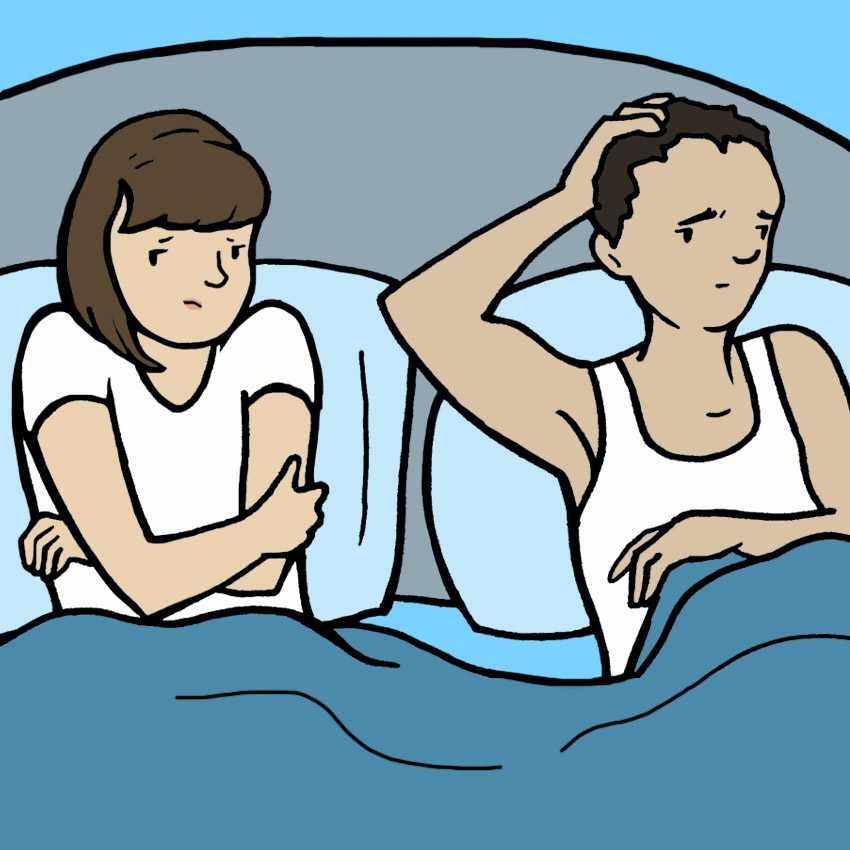
WikiHow explains that the pain when you urinate can also flare up in the bedroom if you have chlamydia.
If you are experiencing noticeable discomfort and pain during sex, refrain from having it until you get tested.
If you test positive, tell your partner to get tested, too — that way they can be treated, and you won't transfer it back and forth.
Symptom #6: Abnormal Swelling
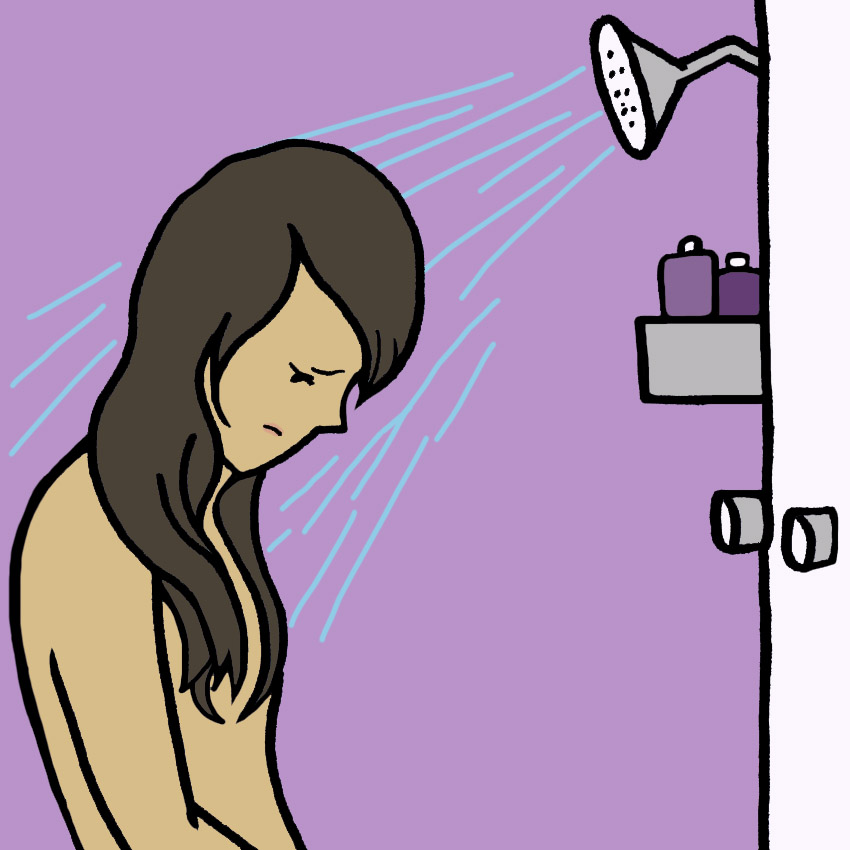
Swelling can occur in both men and women that are infected with chlamydia.
According to Activebeat.com, men may experience inflamed or tender testicles, while women may feel swelling inside the vagina or in the anal region.
If you are experiencing any abnormal swelling or tenderness in your nether regions, alert your doctor immediately.
Symptom #7: Abnormal Discharge
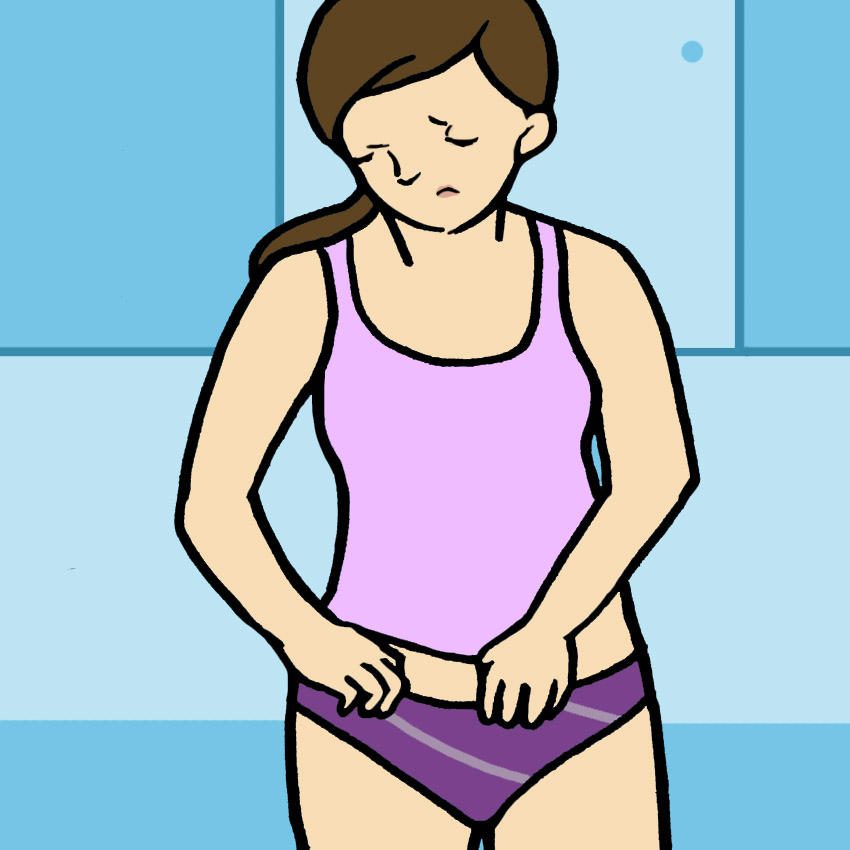
This is an extremely common chlamydia sign that lets you know something isn't right with your uterine cervix.
Vaginal discharge is usually fairly clear and colorless, but can turn yellow or milky white if something is amiss.
If these changes occur, or if you also notice is has a strange small, consult with your doctor immediately.
Symptom #8: Itchy, Red Eyes
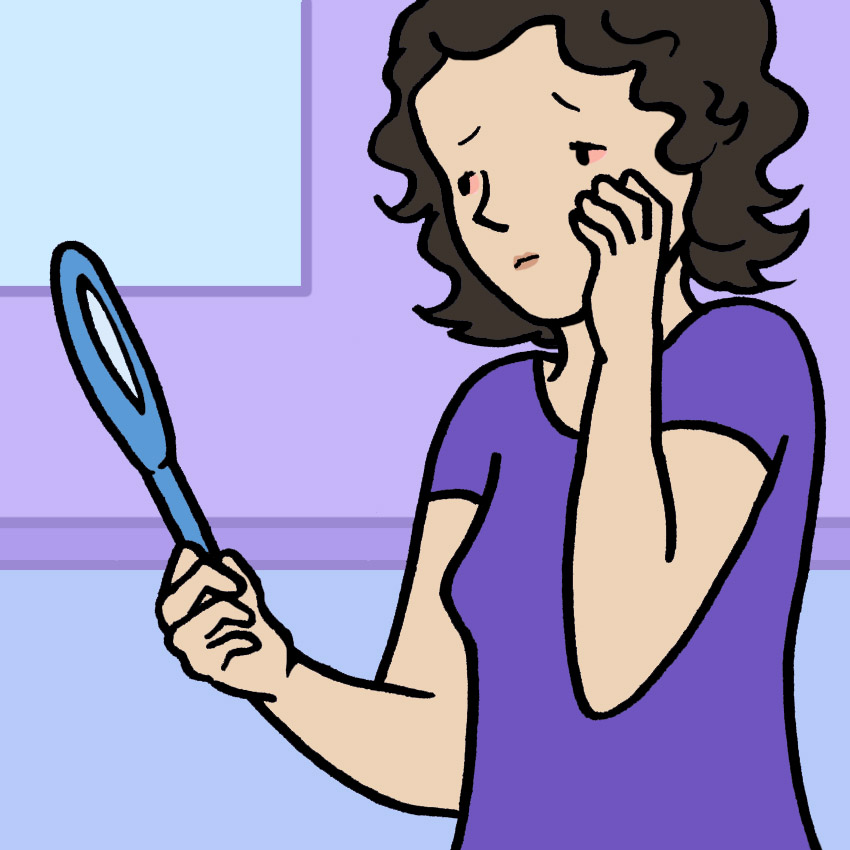
In some cases, chlamydia can also cause conjunctivitis, or as it's more commonly called, pink eye.
This causes itchy red eyes, as well as burning , tearing, and sensitivity to light.
Though there is a good chance that you contracted pink eye without an STD being involved, this could be the case if you are experiencing the other genital symptoms.
Testing And Treatment
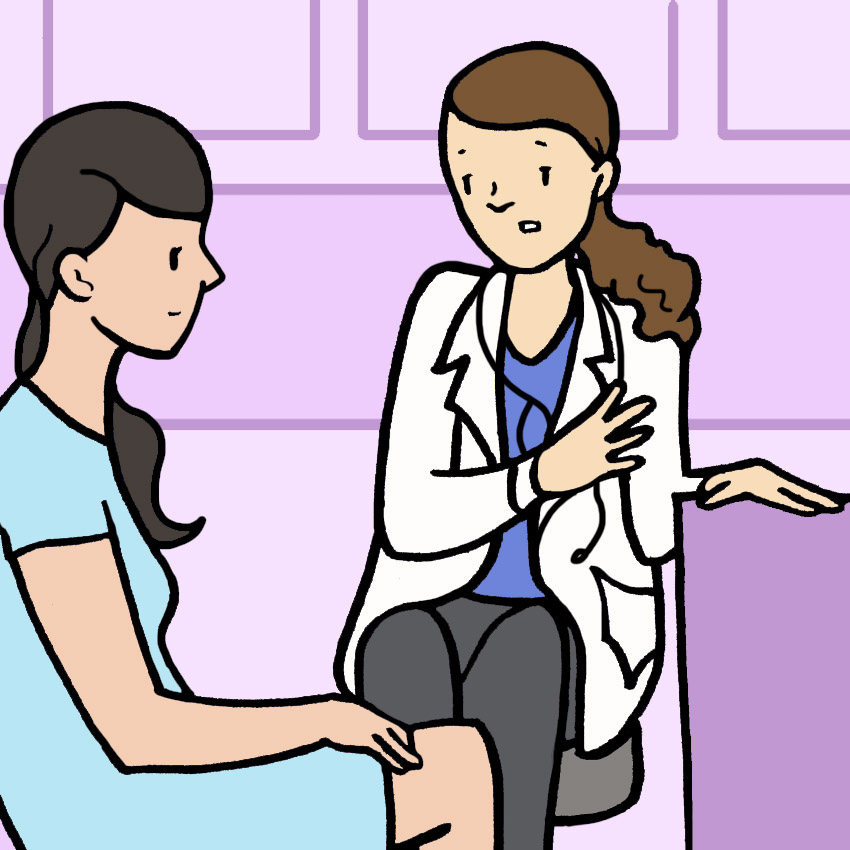
First and foremost, don't feel embarrassed or ashamed. Talk to your doctor openly, and don't fear judgement. They're professionals, and they're here to help you.
Your doctor will test you with either urinalysis or a vaginal swab, and if you test positive, you'll be given a prescription to clear it up.
Not experiencing any symptoms? It's a good idea to be tested anyway, as chlamydia is sometimes asymptomatic — meaning your body might not send any signs of the infection.
It might not be easy to discuss STDs or STIs, but if left untreated, they can have serious and longterm effects on our bodies.
Please SHARE so more women can know about this common infection and its symptoms!




